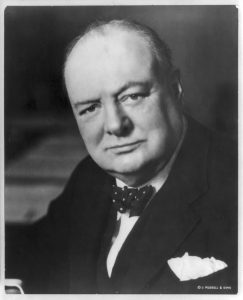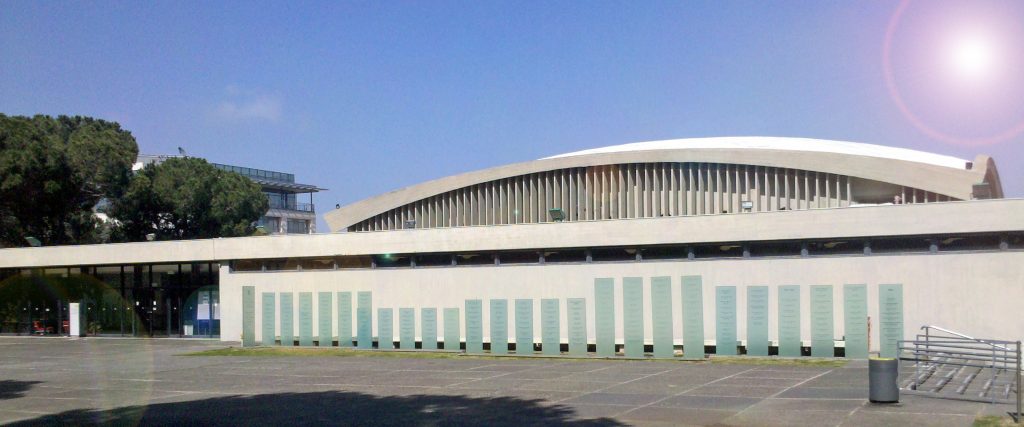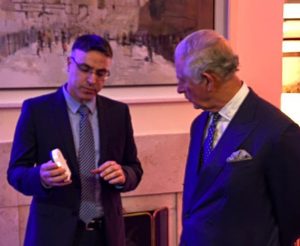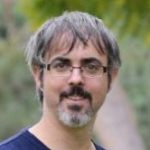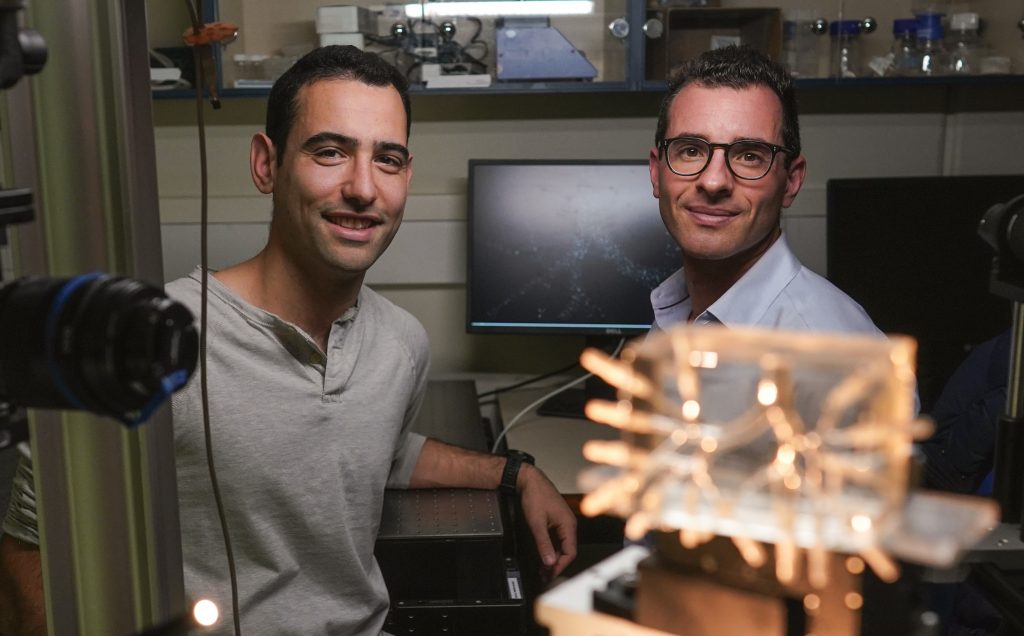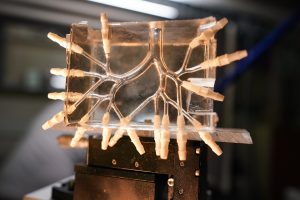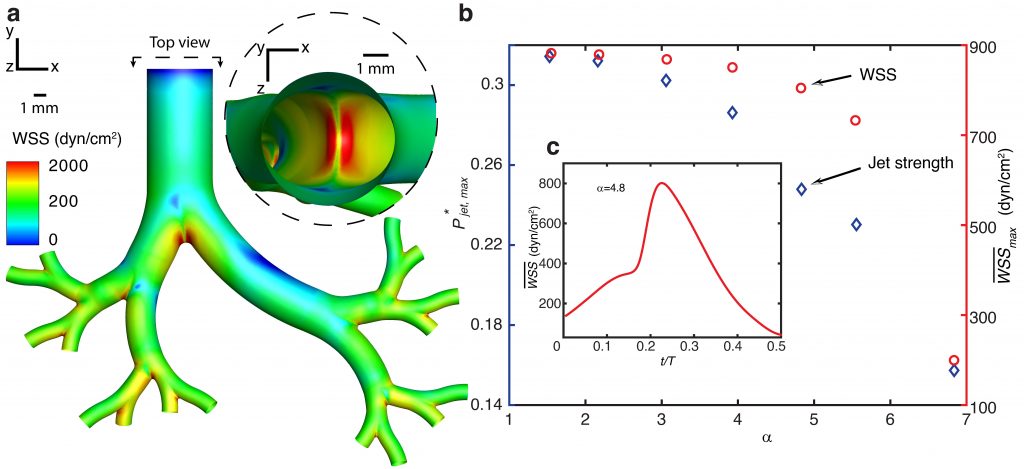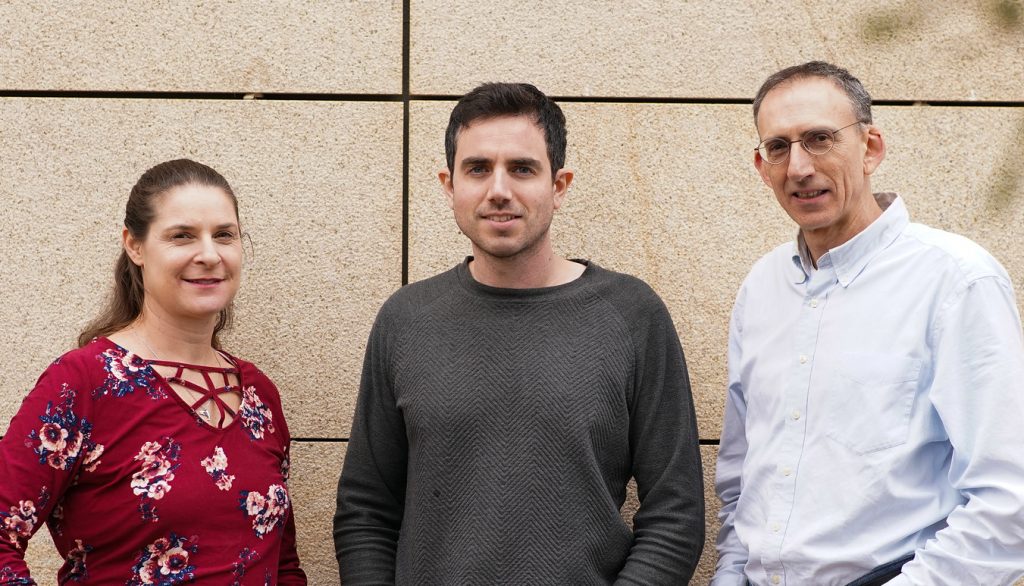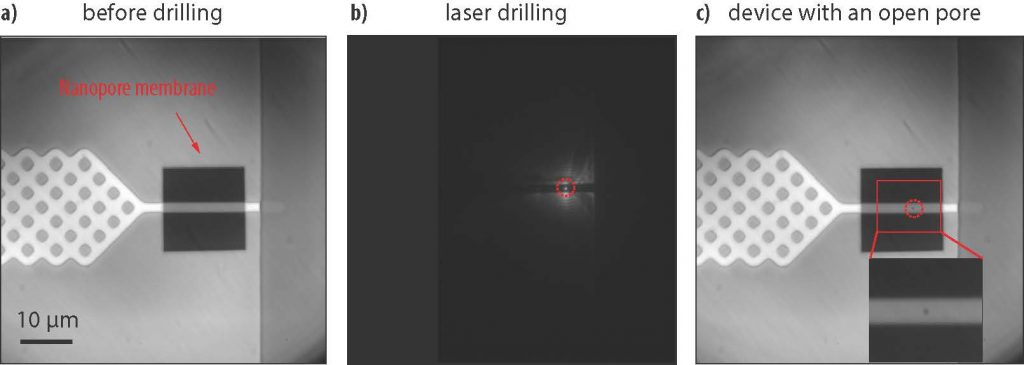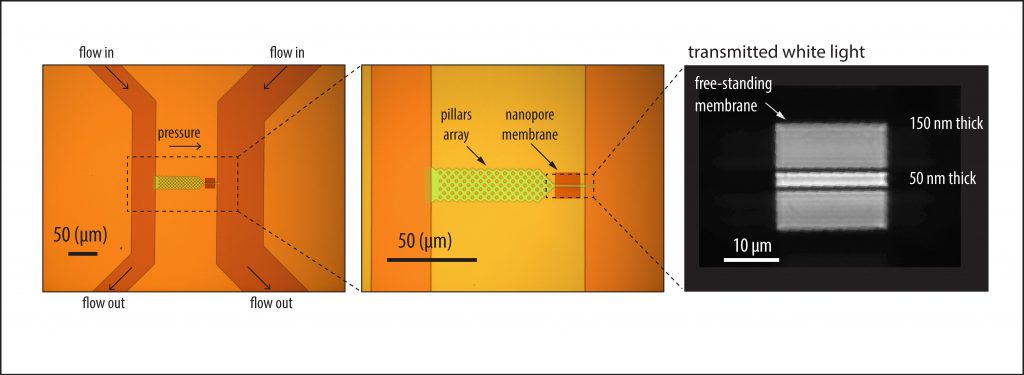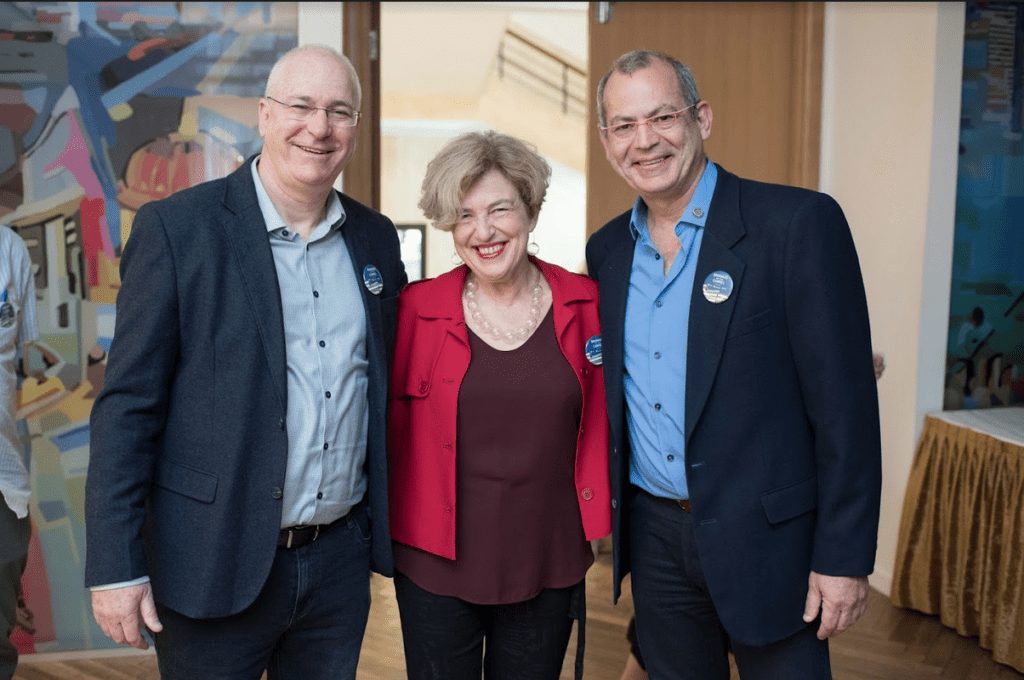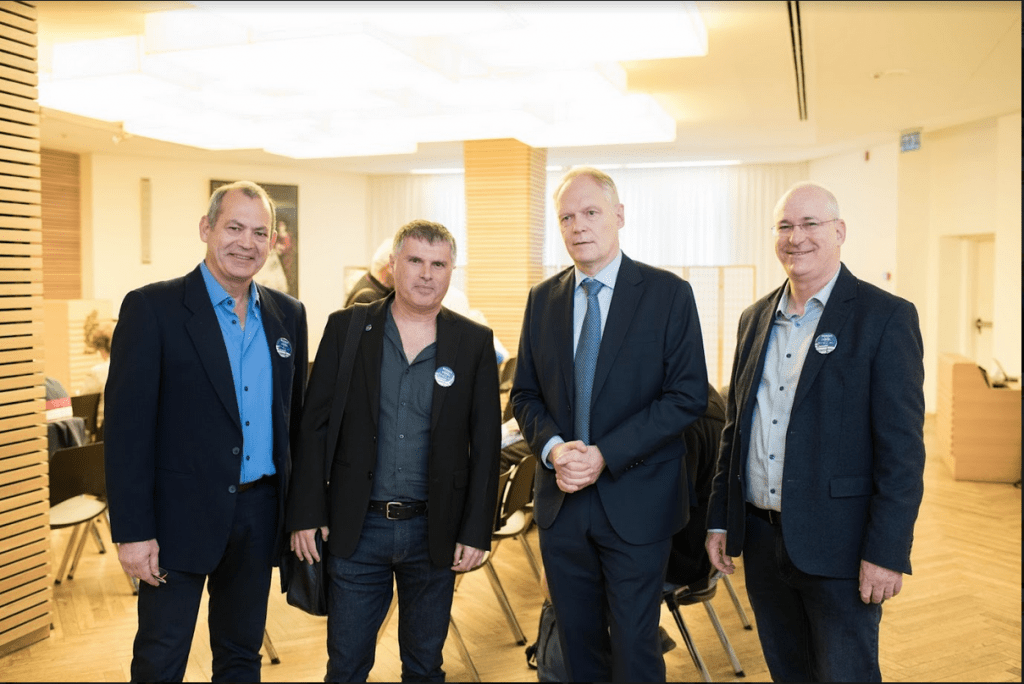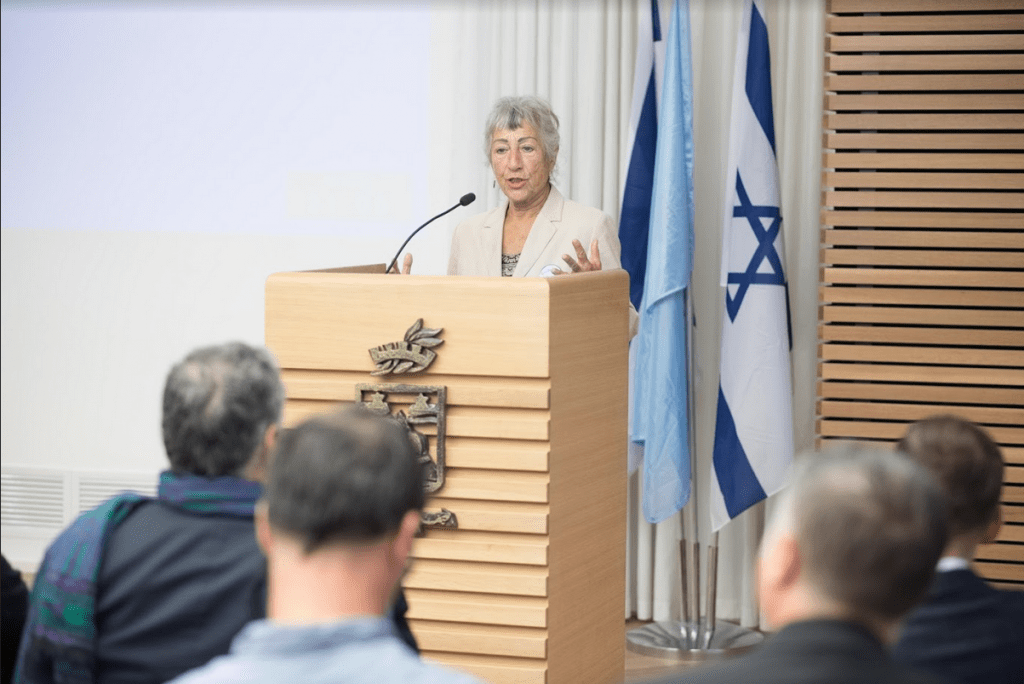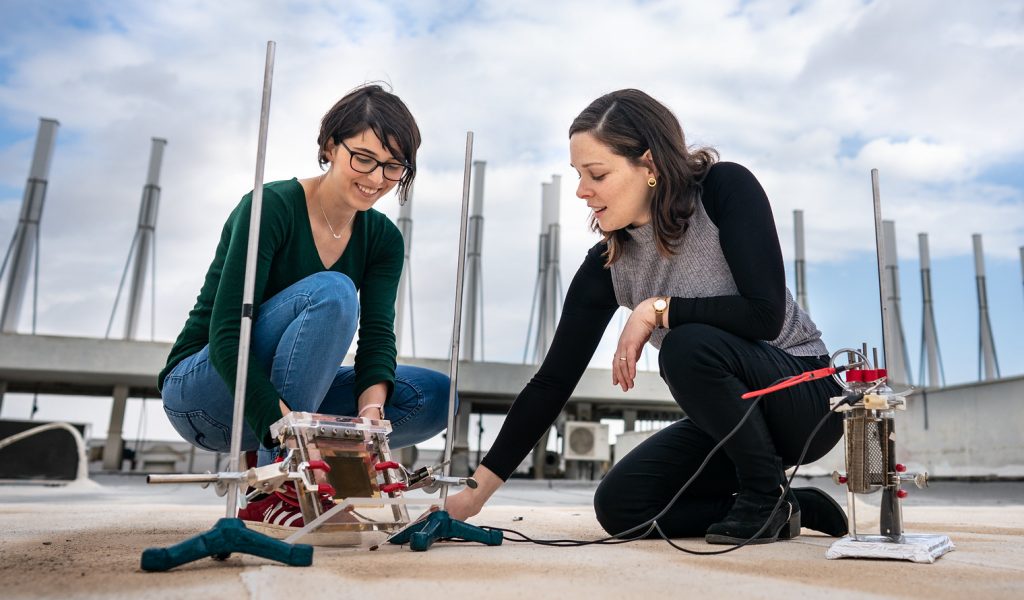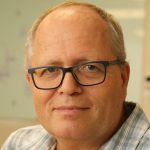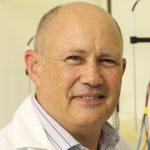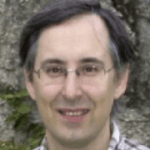Batteries and Turbines: Jacobs Graduate Research Day for Technion Graduate Students
The Technion – Israel Institute of Technology held its third Jacobs Graduate Research Day last week. The event, in which graduate students present their research, was held under the framework of the Irving and Joan Jacobs Graduate School.
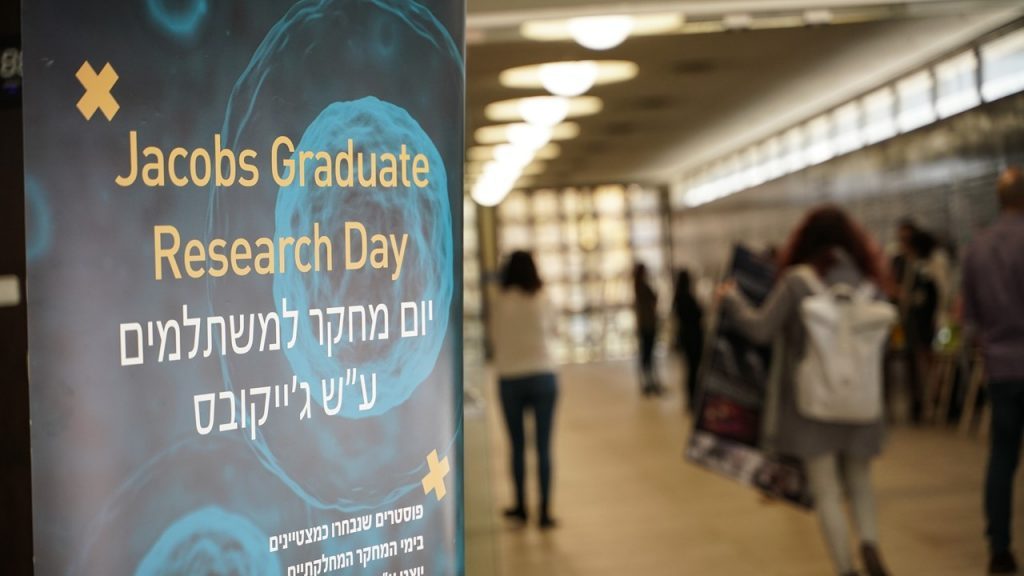
A total of 42 Ph.D. students and 16 master’s degree students, who were chosen during preliminary faculty research days, presented a wide range of research. Two judging panels; one for Ph.D. students and one for master’s degree students, reviewed the posters and selected the winners.
In the doctoral category, David Kaiser, from the Interdisciplinary Energy Graduate Study Program, was awarded first place for his work on “Dynamic Stall-Driven Vertical Axis Wind Turbine” with his advisor, Professor David Greenblatt. According to the judges, this research creates the possibility “for the first time of turbines for urban environments, which can be placed on rooftops; they are inexpensive, quiet, and far more efficient than those currently available. Excellent poster and presentation.”
Second place went to Omer Adir from the Norman Seiden Multidisciplinary Graduate Program in Nanoscience and Nanotechnology, in the Russell Berrie Nanotechnology Institute (RBNI), under the supervision of Associate Professor Avi Schroeder, for developing a model producing “Light-Communicating Synthetic Cells,” synthetic cells that activate other cells using light.
The third place winner was Hadeel Khamis of the Faculty of Physics, under the supervision of Professor Ariel Kaplan, for research of “The Nanoscale Movement of Nucleosomes and its Effect on Gene Expression.”
A special citation was awarded to Tom Shaked from the Faculty of Architecture and Town Planning for his work under the guidance of Professor Aaron Sprecher on “Technical Indeterminism: Toward a Sensible Architectural Tool.”
Lior Levy from the department of Biotechnology and Food Engineering received the title of “Crowd Favorite” For “Nanoghosts: A Cell-Free Nanometric System for Off-the-Shelf Cancer Immunotherapy,” under the supervision of Professor Marcelle Machluf.
In the master’s degree category, Pavel Lifshits of the Viterbi Faculty of Electrical Engineering won first place for his work on “Power to Peep All: Inference Attacks by Malicious Batteries on Mobile Device,” under the supervision of Associate Professor Mark Silberstein and Associate Professor Ronen Talmon.” The judges panel noted that they were impressed by the “innovative discovery and the contribution to society and the international by finding security breaches arising from batteries in smart devices.”
Second place was won by Mohamad Suliman of the Faculty of Materials Science Engineering for his work on “Flexible Quantum Electronics” under the guidance of Dr. Ivry Yachin.
Second place was shared by Dina Mukha of the Faculty of Biotechnology and Food Engineering, with Dr. Omer Yehezkeli as her advisor on “Enzyme-based Photoelectrochemical Systems used for Photobiocatalytic Process;” and Tzabar Dolev from the Faculty of Mechanical Engineering for his work under the supervision of Professor Anath Fisher, on “3D Dimension Extraction from a Scanned Hand for Design and Modeling of Hand Prostheses Using Deep-Learning Methods.”
The title of “Crowd Favorite” was awarded to Gal Chen from the Interdisciplinary Biotechnology Graduate Study Program, under the supervision of Associate Professor Avi Schroeder, on “Integrating Synthetic Cells in Damaged Tissue to Promote the Formation of New Blood Vessels.”



